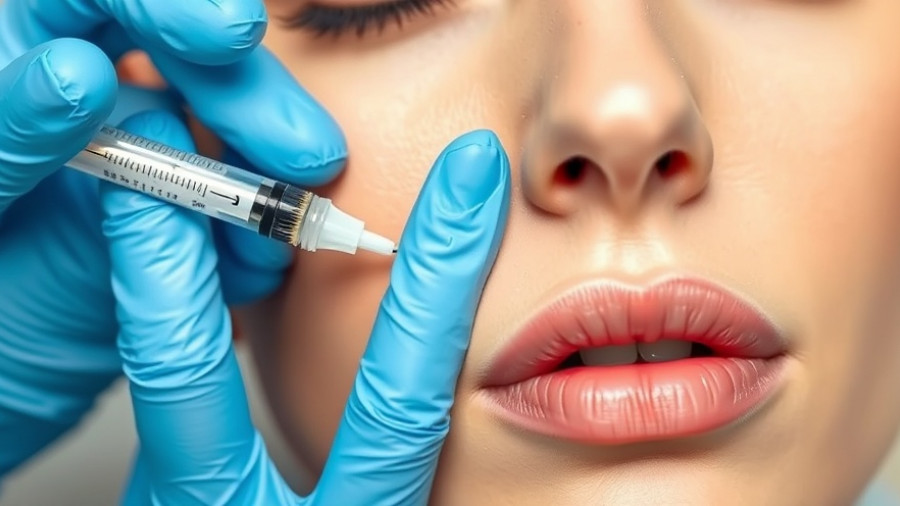
Understanding Facial Scars: Types and Treatments
Facial scars can have a profound impact on one's self-esteem and confidence, especially since they are often on display for the world to see. Whether a result of acne, accidents, or other conditions, knowing how to treat these scars effectively is essential. Scars are essentially the body’s natural way of healing, but not all scars are the same. They can be classified into four major types—hypertrophic, atrophic, keloid, and contracture scars—each responding differently to treatment.
Identifying Your Scar Type: A Key Step
Before diving into treatment options, it’s crucial to identify the type of scar you have:
- Hypertrophic scars: These thickened scars are raised above the skin level, typically red or pink, and stay within the original wound borders. They respond well to topical treatments and silicone gel sheets.
- Atrophic scars: Characterized by depressions in the skin, atrophic scars occur from collagen loss, often seen after acne or chickenpox. To treat these, options like microneedling or injectable fillers may be necessary.
- Keloid scars: These lumpy scars extend beyond the initial wound and can cause discomfort. They often require more aggressive treatments, such as steroid injections.
- Contracture scars: Resulting from severe burns or deep injuries, contracture scars can limit movement. Surgical intervention might be needed for these types.
Preventative Measures: Taking Care of Your Skin
If you’re looking to prevent scars, especially after facial surgery or injury, there are some proactive measures to consider:
- Keep the wound clean and moist: Using petroleum jelly is a simple yet effective method for keeping your wound moisturized, promoting better healing.
- Apply sunscreen: Once healed, regular application of SPF 30 or higher is essential in reducing discoloration.
- Use silicone sheets: These are highly recommended for new scars and can be effective if used consistently.
- Massage: Applying gentle pressure to your scars can also minimize their appearance over time. Consistency is key - aiming for daily sessions will yield the best results.
Exploring Treatment Options: What Works Best?
When it comes to treatments, there are varying options available, ranging from non-invasive to surgical procedures. Here is a breakdown of some effective methods:
Topical Treatments
Topical treatments are often the first line of defense against scars:
- Silicone sheets and gels: These are widely used for their effectiveness in treating both new and older scars. They are simple to apply and can show significant improvement over time.
- Retinoid creams: These are particularly beneficial for acne scars, as they encourage skin renewal and can help reduce discoloration.
Injectable Treatments
For deeper scars, fillers can be an excellent choice. Fillers work by providing volume to the depressed areas, making them less noticeable. Hyaluronic acid fillers and collagen stimulators are popular options that have shown great results.
Microneedling
This treatment involves tiny needles that create micro-injuries to the skin, stimulating collagen production. It’s particularly effective for atrophic scars and can lead to smoother skin texture over time.
Surgical Options
In more severe cases, surgical intervention may be necessary, especially for contracture scars. Surgical options should always be discussed with a medical professional to assess appropriateness.
Finding the Right Treatment for Your Unique Needs
Choosing a treatment for your facial scars depends on various factors, including the type of scar, severity, skin type, and personal preferences. Consulting a dermatologist will provide tailored recommendations suited to your unique situation.
Empowering Your Skin Journey
Understanding these options and knowing that a path exists to reduce the visibility of your scars can significantly enhance your confidence and overall well-being. Remember, every scar tells a story, and while they may represent challenges faced, there are ways to embrace your skin journey.
For those in the Tampa Bay area looking for personalized treatment options and expert advice, don’t hesitate to consult with local dermatology professionals. Embrace your path to healthy skin today!
 Add Row
Add Row  Add
Add 




Write A Comment